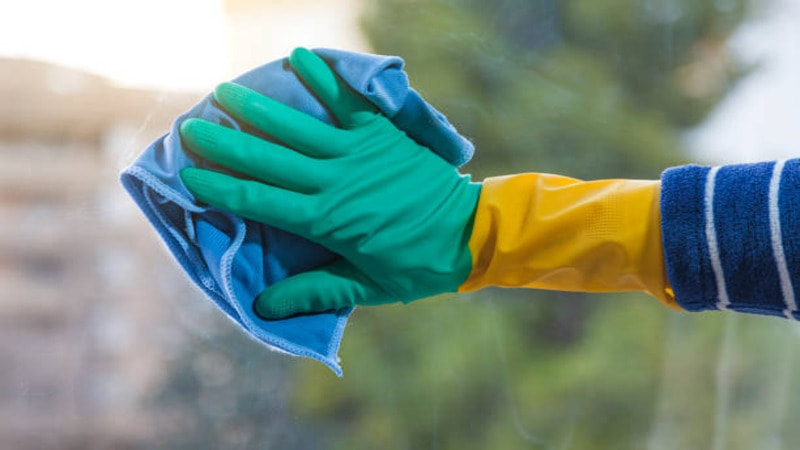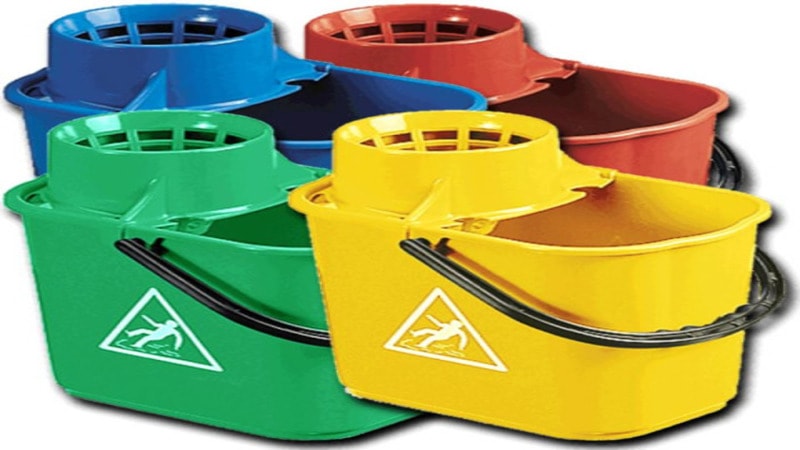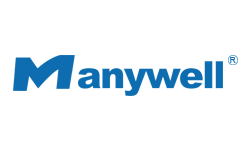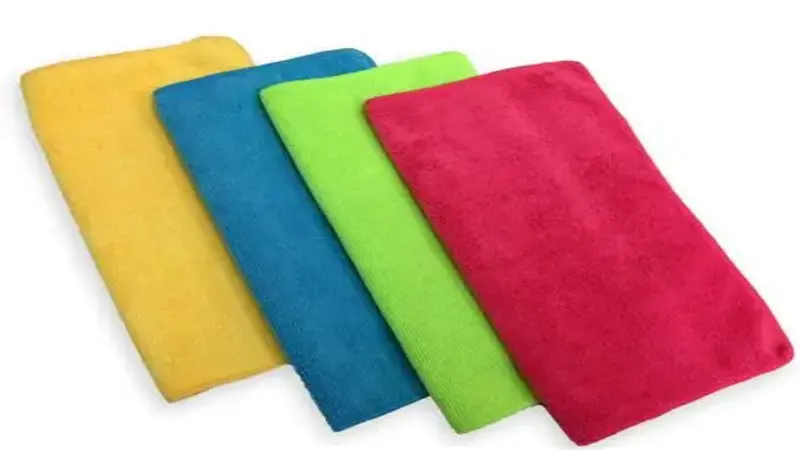Housekeeping duster color codes make cleaning easier, safer, and more organized. By giving each cleaning tool a specific color, you can prevent cross contamination.
Color coded cleaning is now widely used in hotels, hospitals, restaurants, and offices. The British Institute of Cleaning Science recommends using a clear color-coding system to prevent germs and bacteria from spreading through different cleaning supplies and tools.
In this guide, we will share on how to use color coding for different surfaces and locations. Furthermore, we’ll explain how to choose the right color code for specific space.
Benefits of Color-Coded Cleaning

When cleaning areas in any facility, it’s easy to make mistakes if tools look the same. That’s where color coded cleaning makes a real difference:
- Prevents cross contamination: Using different colors for specific tasks helps stop germs from moving between high-risk areas like bathrooms and other areas such as kitchens or classrooms.
- Keeps cleaning organized: Each color represents a location or surface. Consider red for toilets, yellow for sinks and bathroom surfaces, green for kitchen counters, and blue for desks, tables, and windows. This keeps cleaning equipment and tools in their right place.
- Improves hygiene: When specific cloth, mop, or bucket is used only in one area, it reduces the spread of bacteria. Additionally, it maintains a higher level of cleanliness across the facility.
- Makes training easier: New staff can quickly learn which color is used for which task. The system is simple, so there’s less confusion and fewer mistakes during cleaning.
Color-coded system helps workers identify the right tools without even checking labels. This speeds up cleaning and improves efficiency.
Common Color Codes and Their Uses
Color coding works best when everyone understands what each color stands for. It’s a simple way to keep cleaning tools and equipment organized for specific tasks and areas. Here’s what each color usually represents and where it’s used:
| Color | Used For |
|---|---|
| Red | Toilets, urinals, bathroom floors (high risk areas) |
| Yellow | Sinks, bathroom walls, and other bathroom surfaces |
| Green | Kitchen counters, sinks, and food prep areas |
| Blue | Desks, tables, windows, mirrors, and other general areas |
Red – High Risk Areas
Red is the warning color. It’s used only in the dirtiest areas, i.e., toilets, urinals, and bathroom floors. These spots have the highest chance of spreading germs and bacteria.
Example: In hospitals, red cloths and mops stay inside patient washrooms. In restaurants and hotels, red tools are used only for public restrooms.
Yellow – Bathroom Surfaces and Walls

Yellow is used for surfaces that come into regular contact with water, like sinks, counters, and walls. It separates floor cleaning from surface cleaning.
Example: In offices, cleaners use yellow cloths for bathroom mirrors, sinks, and soap dispensers. In hotels, it’s used for tiles and walls around washbasins.
Green – Food Prep and Kitchen Areas
Green represents freshness and hygiene, making it ideal for kitchens and food-related zones. It’s used for kitchen counters, sinks, and tables to prevent food contamination.
Example: In restaurants, green cloths are used for prep tables and cooking stations. In hospitals, they’re used in canteens and staff kitchens.
Blue – General and Low Risk Areas

Blue is the color for everyday cleaning. It’s used in areas with low risk of contamination such as desks, tables, mirrors, and windows.
Example: Schools use blue cloths for classroom desks and glass windows. Offices use blue towels and mops in meeting rooms and reception areas.
When your cleaning team follows this color-coding system, it becomes easier to keep every space clean. It also avoids mistakes, reduces the spread of germs, and helps everyone know exactly which tools belong to which area.
Laundry and Storage Practices
Clean tools = cleaner spaces.
Proper laundry and storage are just as important as the cleaning itself. When you take care of your equipment, it lasts longer and also keeps your hygiene standards high.
A color-coded laundry bag system helps a lot here. It keeps used cloths, mops, and towels separated by the area they belong to. This separation helps prevent cross contamination and keeps germs from moving from one area to another.

Storage matters too. Keep your cleaning supplies organized by color so your team knows exactly where to find what they need. Bathroom tools like yellow mops and buckets can stay in one section. On the other hand, general area tools like blue cloths and glass cleaners stay in another. This avoids confusion and keeps the cleaning process smooth and efficient.
To maintain your equipment:
- Wash microfiber cloths and mops after every use with gentle detergents.
- Dry them completely before storing to stop bacteria growth.
- Check regularly for damage or fading and replace old or worn-out tools.
A color-coded storage system makes your cleaning routine completely contamination-free as well.
Color Coding for Cleaning Tools and Equipment
Color coding applies to almost every cleaning tool used in daily housekeeping. Assigning a specific color to each tool helps keep cleaning organized. Here’s how it works across common cleaning supplies:
Microfiber Cloths
Microfiber cloths are the most used cleaning tools. Different colors are used for different surfaces. This ensures one cloth isn’t accidentally used in multiple areas.
Dusting Tools and Dusters
Housekeeping duster color codes keep dusting safe and simple. Green dusters can be used for kitchen shelves and tables, blue for desks and windows, and yellow for bathroom surfaces. Using separate dusters for each area reduces the chance of contamination.
Mops and Buckets

Mops and buckets follow the same color code as cloths. For example, red mops are used in restrooms and high-risk areas, while blue ones are used in general rooms or classrooms. This helps prevent bathroom germs from spreading to floors in other areas.
Laundry Bags and Towels
Color coded laundry bags help sort towels and cleaning cloths according to their use. For instance, red bags for bathroom towels, green for kitchen towels, and blue for general area cloths. It keeps everything clean and organized even after washing.
Soap Dispensers and Cleaning Chemicals
Some facilities also color code their soap dispensers and chemical bottles. This helps staff quickly identify which product to use in each area. Also, it prevents mixing the wrong supplies.
When all tools follow the same color plan, your cleaning team can work efficiently when each cloth, mop, and bucket is in its right place.
Conclusion
Color coding turns everyday cleaning into a smarter and more organized process. Each color has a clear purpose. This prevents mix-ups between different cleaning areas and helps stop germs from spreading. It also keeps hygiene standards consistent across your workplace.
A well-planned color-coding system builds discipline and teamwork. Staff feel more confident in their tasks, and supervisors find it easier to maintain standards.
Upgrade Your Cleaning with Manywell
Keep your cleaning tools in order with Manywell’s professional color-coded cleaning supplies. From mops to microfiber cloths, every product is designed to match your housekeeping color system. Get in touch with us now for order and queries!




